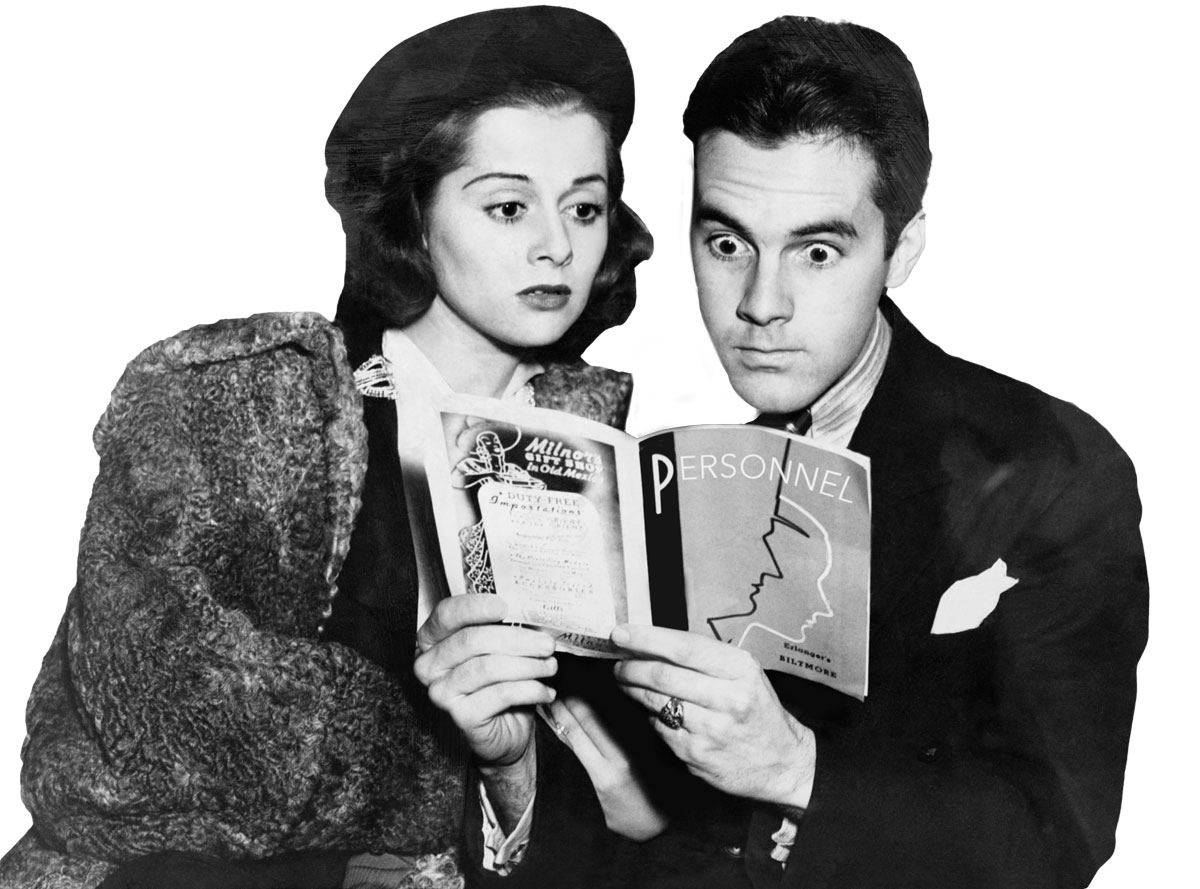Workplace Culture
HR History: Mental Health in the 1950s
By Andie Burjek, Rick Bell
Jul. 23, 2019
The workplace has changed a lot since 1922. That year The Journal of Personnel Research debuted, rebranded later as Personnel Journal and finally Workforce. Now in our 97th year, we take a look back at what was on the minds of past generations of people managers.
 A Nuanced Approach to Mental Handicaps, September 1957
A Nuanced Approach to Mental Handicaps, September 1957
The concept of “normal” means different things to different people, according to researcher and writer Silas L. Warner in the article “Spotting the Neurotic and Helping the Maladjusted.” This article was sympathetic toward the plight of employees who are emotionally or mentally ill.
Warner used war-taught lessons to make the argument that people formerly excluded from the workforce can become valuable workers. World War II required that women do manual labor previously done by men and, in some cases, that people recovering from strokes work with different machines. If the stroke impacted the right side of their body, they could depend on left-hand operated machines. If physical handicaps can be overcome this way, so can emotional handicaps, Warner argued.
Let’s first acknowledge that obviously being a woman isn’t a physical handicap. Overlooking that, his argument is pretty progressive. He highlighted a few types of mental or emotional handicaps: paranoia, neuroticism, alcoholism and depression.
As long as the “paranoid” person in question is ultimately harmless, there’s “no psychiatric reason why this person’s job should be taken from him,” Warner wrote. Further, certain jobs require a certain degree of skepticism.
Warner also had a nuanced approach to “neurotics.” Contrary to popular beliefs, he wrote, “[They] are not spoiled weaklings who can’t stand up to what you and I do, but are unhappy individuals, most of whom are productively working.”
Finally, he stressed how much of a medical emergency depression can be, due to the dangers of suicide. He noted that serious depressions occur most frequently in one’s 40s and 50s. That’s a very different narrative than what we hear about now, which is that young people are more likely to experience mental health problems.
— Andie Burjek
The New Workforce, January 1998
From the mid-1920s until December 1997, this publication was known as Personnel Journal. That all changed with the January 1998 issue as the first edition of Workforce rolled off the presses. And like any good publication would in its first appearance, the writers, editors and a series of distinguished panelists made a splash with some bold predictions as they gazed upon 2008.
Panelists ranging from longtime HR tech analyst Jac Fitz-Enz to University of Michigan professor Dave Ulrich to then-McDonald’s Corp. HR director Bob Wilner offered their thoughts in “60 HR Predictions for 2008.” Under the header “Work and Society” – “Just as defined-contribution plans have begun to take over from Social Security, companies will take on responsibility for elder care, long-term care and other social needs through cafeteria-style benefits programs.” In “Definition of Jobs” – “Organizations won’t pay for the value of the job but the value of the person.” And under “Strategic Role of HR” – “Leading change will become HR’s greatest contribution to the corporation.”
One last forecast many wish would come true: “We can all expect to attend fewer meetings in the future.”
Maybe by 2028?
— Rick Bell
Also in “From Personnel to Workforce”:
‘Reskilling’ in the Great Depression (June 1935)
Schedule, engage, and pay your staff in one system with Workforce.com.
Recommended
Compliance
Minimum Wage by State (2024)federal law, minimum wage, pay rates, state law, wage law compliance
Staffing Management
4 proven steps for tackling employee absenteeismabsence management, Employee scheduling software, predictive scheduling, shift bid, shift swapping
Time and Attendance
8 proven ways to reduce overtime & labor costs (2023)labor costs, overtime, scheduling, time tracking, work hours